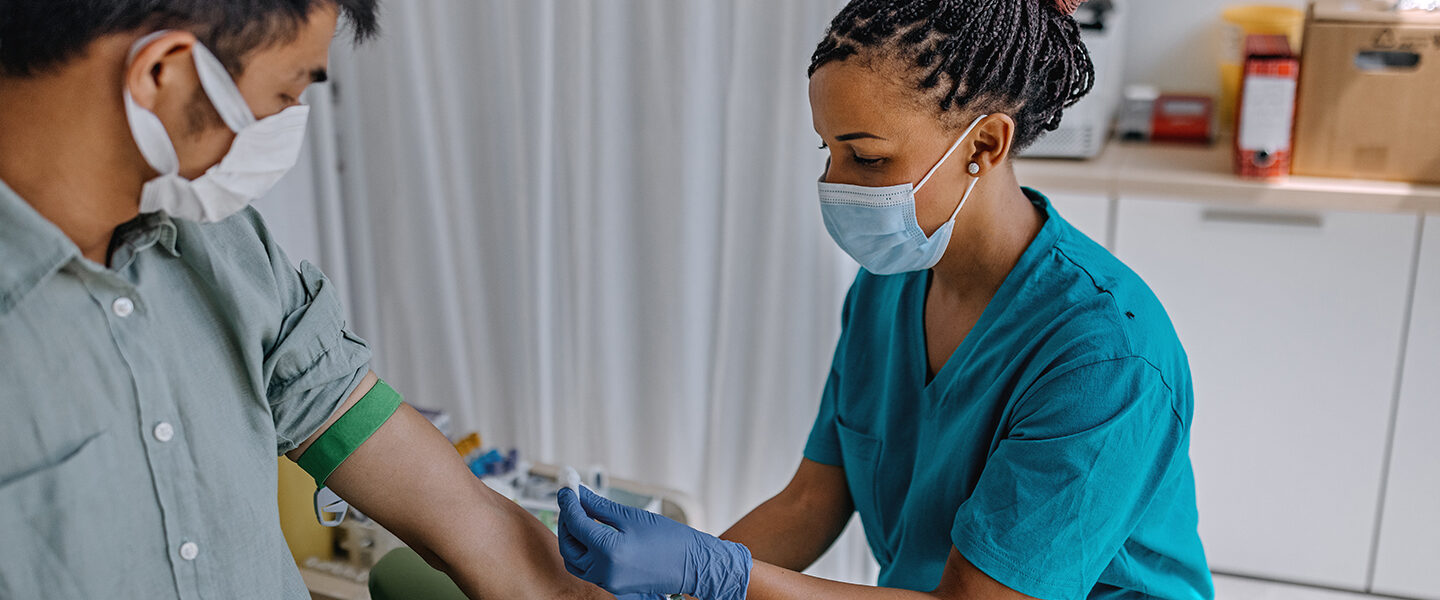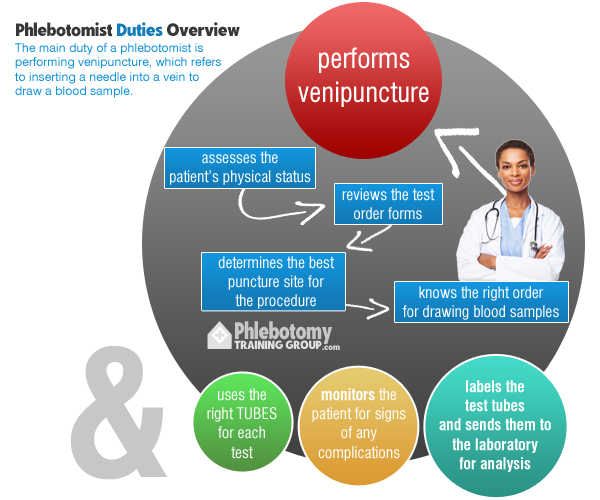The smart Trick of Northeast Medical Institute - New Haven Campus Phlebotomy Course & Cna Class That Nobody is Talking About
The smart Trick of Northeast Medical Institute - New Haven Campus Phlebotomy Course & Cna Class That Nobody is Talking About
Blog Article
The smart Trick of Northeast Medical Institute - New Haven Campus Phlebotomy Course & Cna Class That Nobody is Discussing
Table of ContentsSee This Report about Northeast Medical Institute - New Haven Campus Phlebotomy Course & Cna ClassNot known Factual Statements About Northeast Medical Institute - New Haven Campus Phlebotomy Course & Cna Class A Biased View of Northeast Medical Institute - New Haven Campus Phlebotomy Course & Cna ClassThe Single Strategy To Use For Northeast Medical Institute - New Haven Campus Phlebotomy Course & Cna ClassThe Facts About Northeast Medical Institute - New Haven Campus Phlebotomy Course & Cna Class RevealedFacts About Northeast Medical Institute - New Haven Campus Phlebotomy Course & Cna Class Revealed
The usage of such gadgets must be accompanied by various other infection avoidance and control practices, and training in their usage. Not all security gadgets apply to phlebotomy. Before picking a safety-engineered device, individuals must thoroughly investigate readily available devices to identify their ideal usage, compatibility with existing phlebotomy practices, and efficiency in safeguarding team and people (12, 33).For setups with low resources, price is a motoring consider purchase of safety-engineered devices - Phlebotomy Classes. Where safety-engineered devices are not readily available, experienced use of a needle and syringe is acceptable. Unintended direct exposure and particular details regarding an incident ought to be videotaped in a register. Support services ought to be promoted for those who undertake unintended exposure.
labelling); transport conditions; interpretation of outcomes for professional management. In an outpatient division or facility, supply a dedicated phlebotomy work area containing: a clean surface area with two chairs (one for the phlebotomist and the various other for the person); a hand wash basin with soap, running water and paper towels; alcohol hand rub. In the blood-sampling space for an outpatient division or center, supply a comfy reclining sofa with an arm rest.
The Buzz on Northeast Medical Institute - New Haven Campus Phlebotomy Course & Cna Class
Make certain that the indications for blood tasting are clearly specified, either in a written procedure or in documented directions (e.g. in a research laboratory type). Whatsoever times, follow the methods for infection avoidance and control provided in Table 2.2. Infection avoidance and control practices. Accumulate all the equipment needed for the treatment and location it within safe and easy reach on a tray or trolley, guaranteeing that all the things are clearly noticeable.
Introduce on your own to the client, and ask the patient to mention their full name. Inspect that the lab type matches the patient's identification (i.e. match the person's details with the lab type, to guarantee accurate recognition).
Make the person comfortable in a supine setting (if possible). The client has a right to decline a test at any type of time prior to the blood tasting, so it is important to make certain that the patient has understood the procedure - PCT Classes.
The Single Strategy To Use For Northeast Medical Institute - New Haven Campus Phlebotomy Course & Cna Class
Expand the client's arm and evaluate the antecubital fossa or forearm. Situate a vein of an excellent size that is noticeable, straight and clear.
DO NOT put the needle where veins are diverting, since this raises the opportunity of a haematoma. Locating the blood vessel will assist in determining the right size of needle.
Specimens from central lines lug a threat of contamination or erroneous lab examination results. It is appropriate, however not ideal, to attract blood specimens when initial introducing an in-dwelling venous device, before connecting the cannula to the intravenous fluids.
Little Known Questions About Northeast Medical Institute - New Haven Campus Phlebotomy Course & Cna Class.
Allow the location to completely dry. Failing to permit adequate get in touch with time increases the danger of contamination. DO NOT touch the cleansed website; in specific, DO NOT put a finger over the capillary to direct the shaft of the exposed needle. It the website is touched, repeat the disinfection. Carry out venepuncture as complies with.
Ask the client to develop a clenched fist so the blood vessels are extra famous. Go into the blood vessel swiftly at a 30 level angle or much less, and continue to present the needle along the capillary at the easiest angle of access - PCT Training. When adequate blood has actually been collected, launch the tourniquet prior to withdrawing the needle
Getting The Northeast Medical Institute - New Haven Campus Phlebotomy Course & Cna Class To Work
Withdraw the needle carefully and use mild pressure to the site with a clean gauze or completely dry cotton-wool ball. Ask the individual to hold the gauze or cotton wool in area, with the arm extended and elevated. Ask the client NOT to flex the arm, due to the fact that doing so creates a haematoma.

Not known Facts About Northeast Medical Institute - New Haven Campus Phlebotomy Course & Cna Class
Do not push the syringe plunger due to the fact that extra pressure boosts the threat of haemolysis. Where feasible, maintain televisions in a shelf and move the rack in the Clicking Here direction of you. Inject downwards right into the ideal coloured stopper. DO NOT eliminate the stopper since it will launch the vacuum. If the example tube does not have a rubber stopper, inject very gradually right into the tube as lessening the pressure and velocity used to transfer the sampling decreases the risk of haemolysis.

Report this page